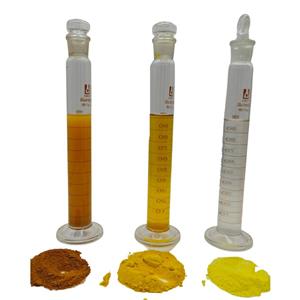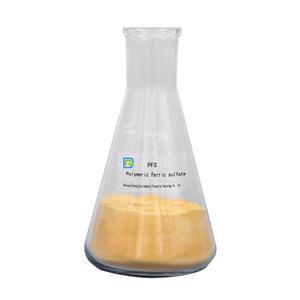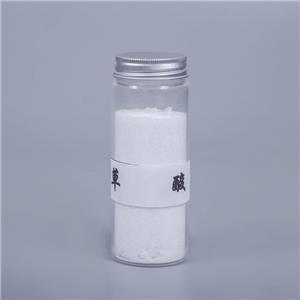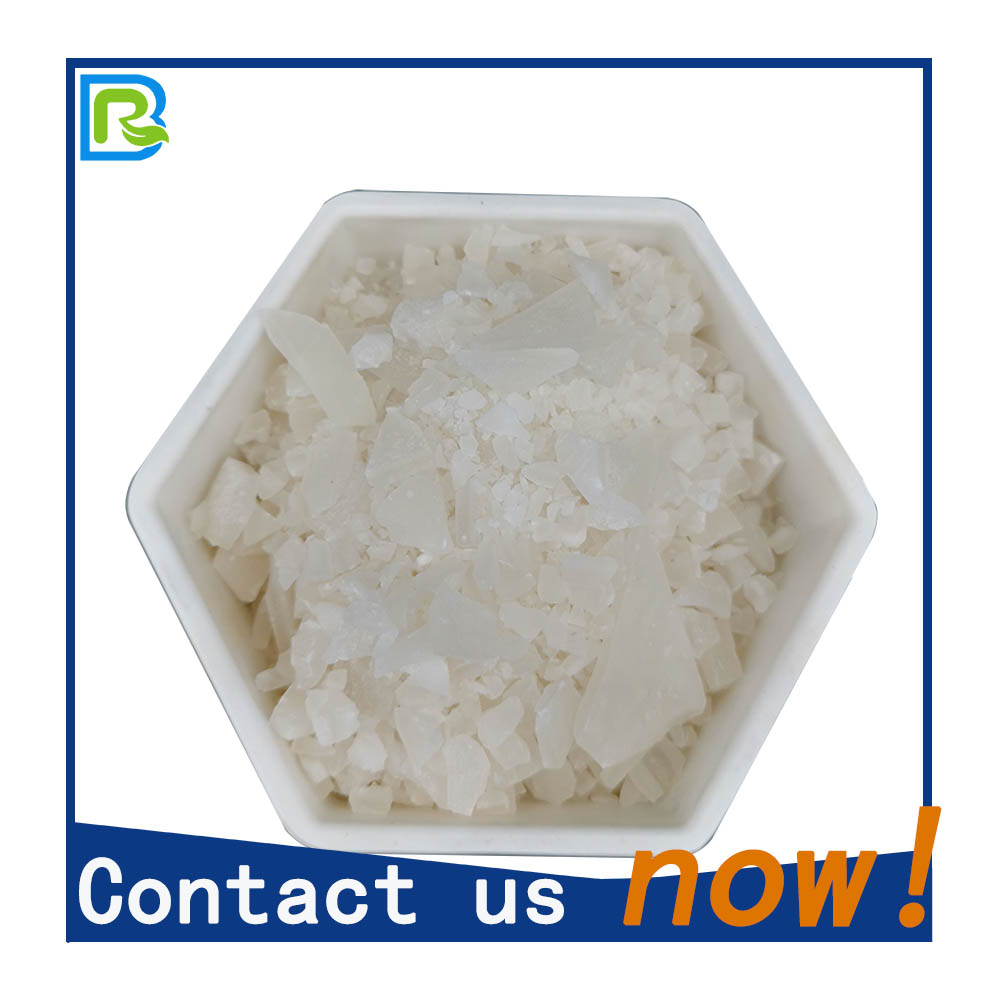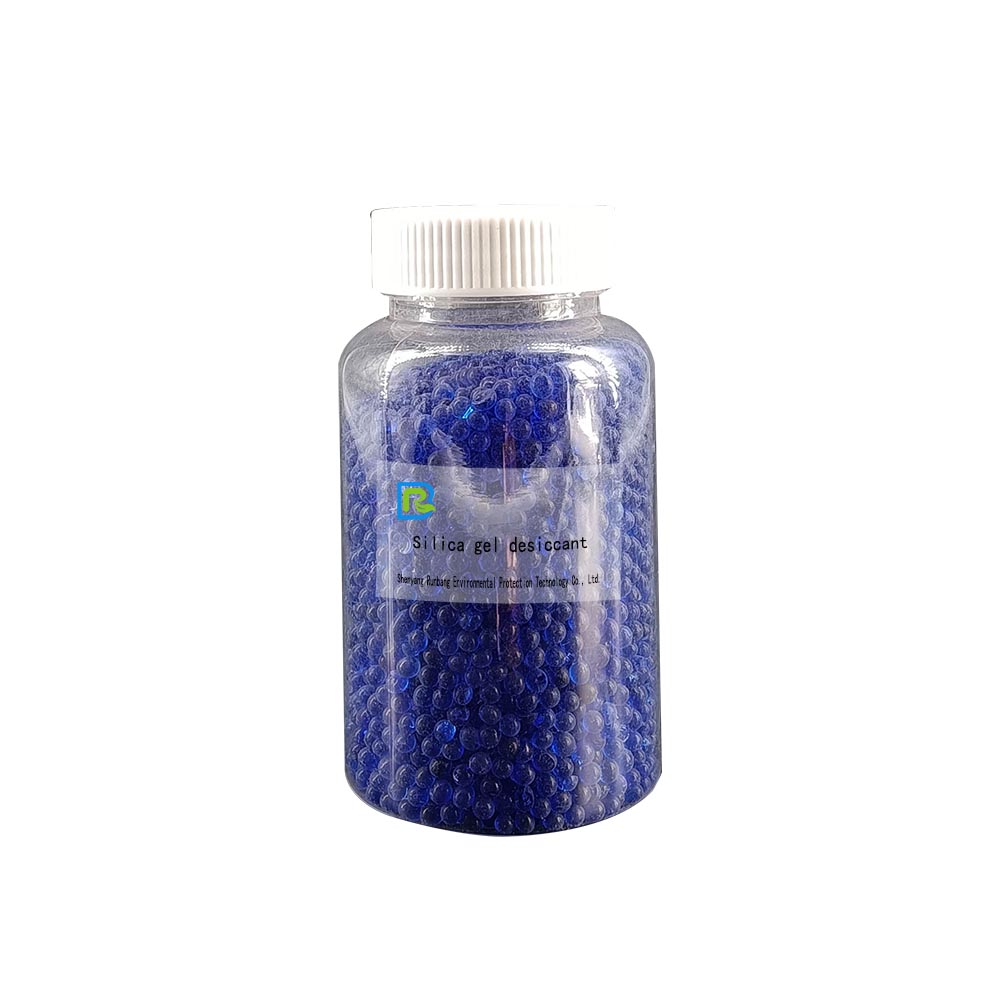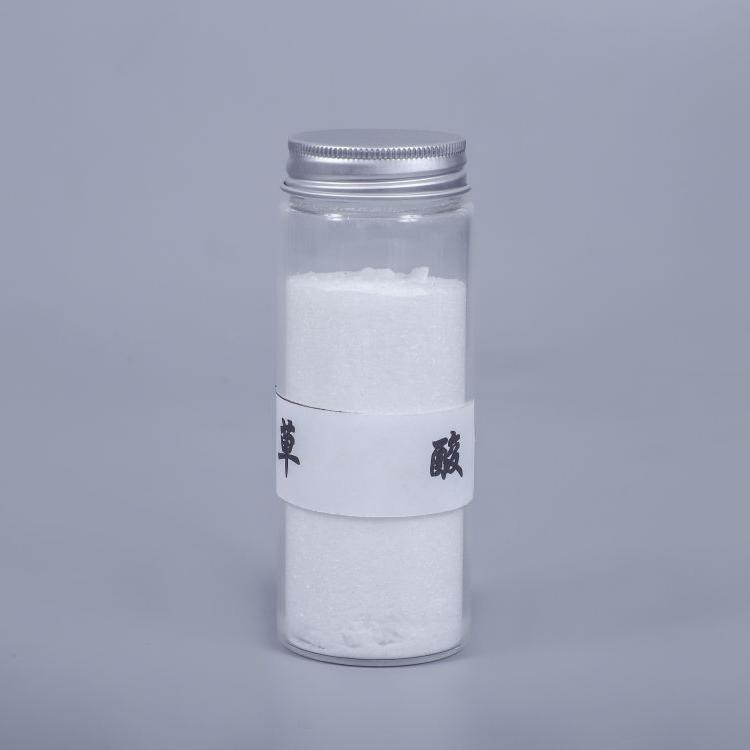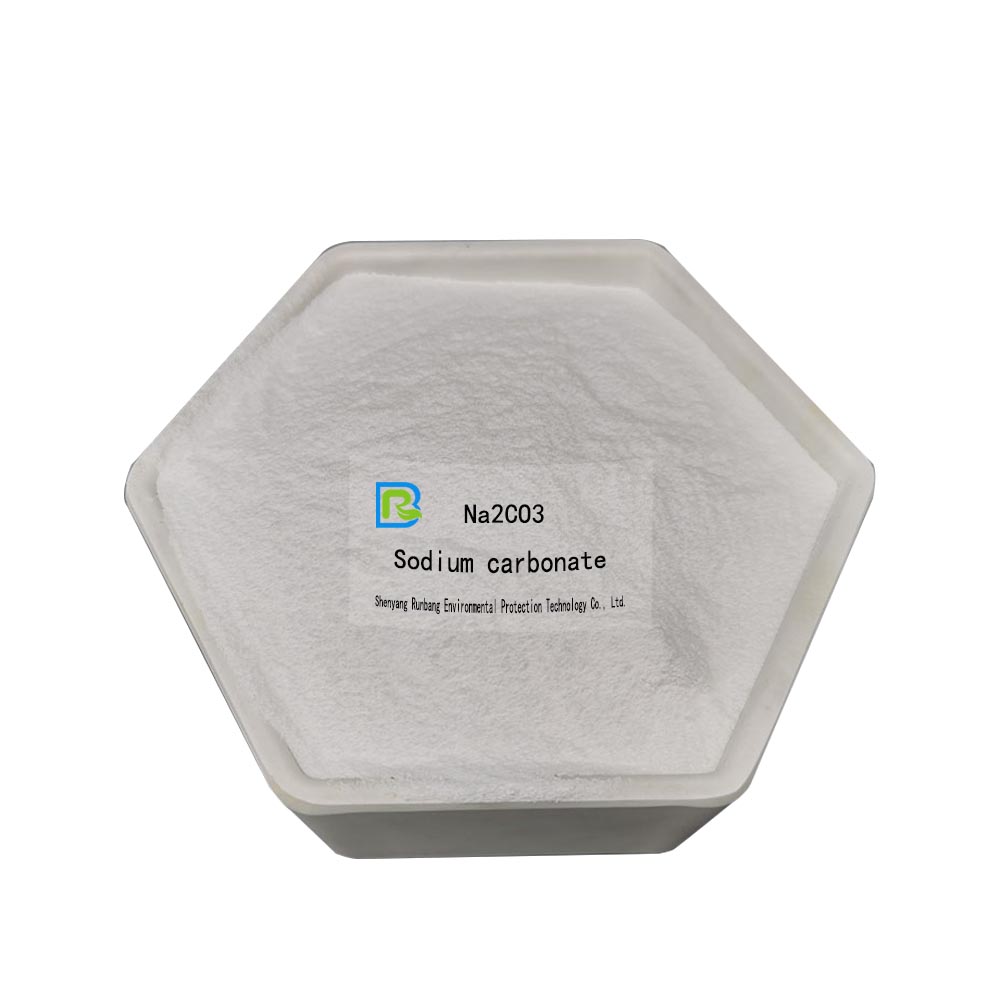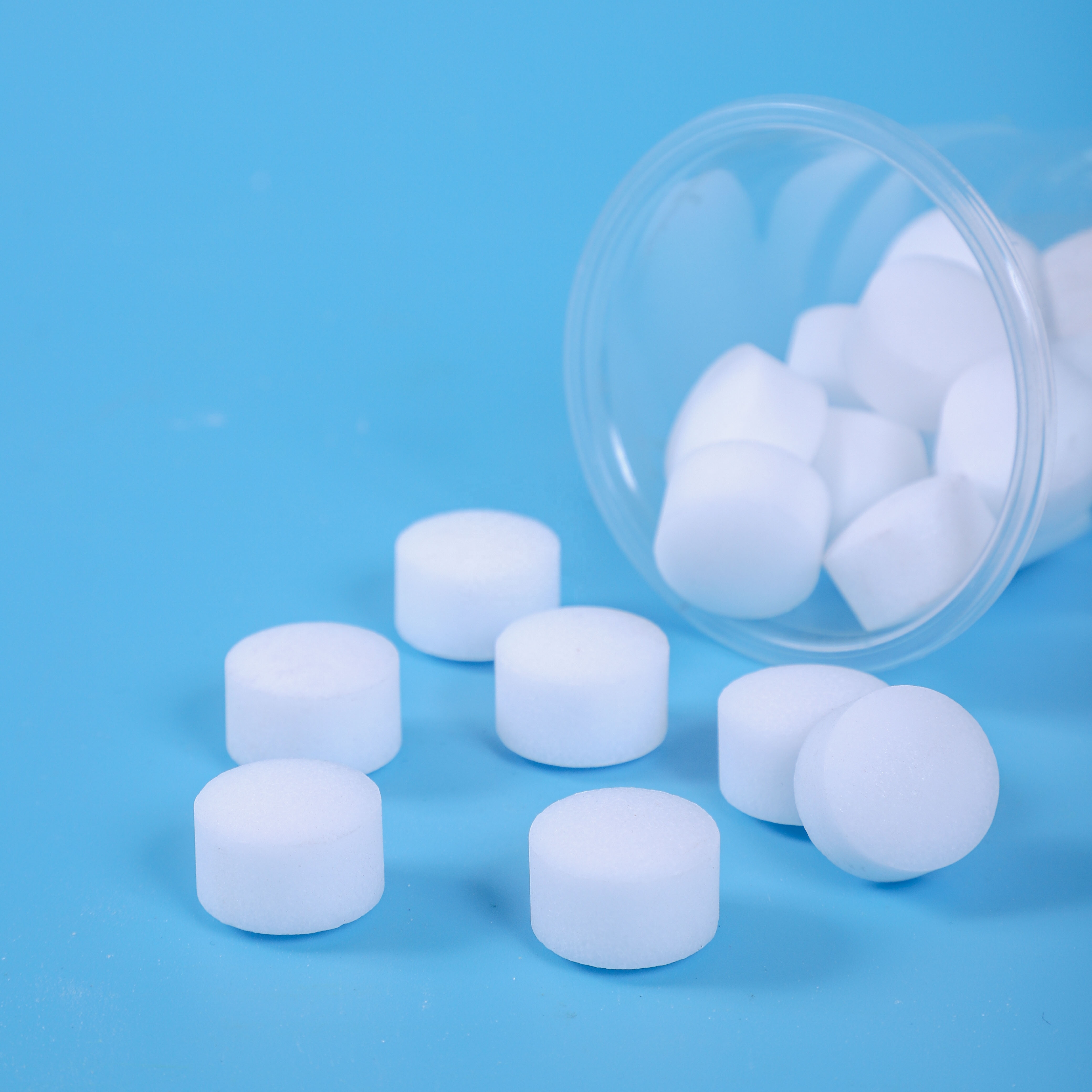-
aluminum sulfate
With 20 years of experience in the production of mainstream water treatment products such as polyaluminium chloride, polyacrylamide, polymerized ferric sulfate, etc., an annual output of 150,000 tons of water treatment chemicals, and the sharing of resources among six offices in various regions of the country, we have a deeper understanding of the regional distribution and sales channels of chemical products in China. In line with the principle of complementary advantages, we have gradually formed a one-stop purchasing platform for other water treatment chemicals, chemical additives and various products in the chemical industry, in addition to the products produced by the factory.
Send Email Details -
Hot
Silica gel desiccant
Name: Silicone Alias: Silica gel oxide or silicic acid gel Molecular formula: xSiO2-yH2O Molecular weight:60.08 CAS Registry Number:CAS# 112926-00-8 EINECS Registry Number: 231-545-4 Explanation of words Chemical formula xSiO2-yH2O. transparent or milky white granular solid. It has open porous structure and strong adsorption ability, and can adsorb many kinds of substances. When dilute sulfuric acid (or hydrochloric acid) is added to the aqueous solution of water glass and left to stand, it becomes a water-silicate gel and solidifies. The electrolyte Na+ and SO4 2-(Cl-) ions dissolved in it are removed by water washing, and silica gel is obtained after drying. If absorbing water, some silica gel moisture absorption is about 40%, even 300%. It is used for gas drying, gas absorption, liquid dehydration, color layer analysis, etc. It is also used as a catalyst. If cobalt chloride is added, it will be blue when dried and red after absorbing water. It can be regenerated and used repeatedly.
Send Email Details -
Oxalic Acid
Oxalic acid, also known as ethanedioic acid CAS 144-62-7 With the increasing demand for power batteries in recent years, oxalic acid, the main raw material, has seen a surge in demand and a 60% increase in price over the cheap 2020s, and prices are highly volatile
Send Email Details -
Hot
Sodium carbonate
Before the synthetic soda ash, it was found in ancient times that certain seaweeds contained alkali in the ashes burned after drying, and brown alkali could be obtained for washing after leaching and filtering with hot water. A large amount of natural alkali comes from minerals, mainly buried underground or in lakes of alkaline water. The highest grade of natural alkali ore exists in the sedimentary layer and is widely distributed. The earliest invention of synthetic soda ash method is at the end of the 18th century, France Lubran used mannite plus limestone and coal at high temperature reduction and carbonation, to get the crude product - black ash containing mainly Na2CO3, after leaching, evaporation, refining, recrystallization, drying, to obtain heavy soda ash with purity of about 97%. 1861 Belgium Ernest Solvay invented soda ash alone and had obtained a patent. Due to the protection of technical secrets has not been able to be applied on a large scale, only in the 1920s from the United States breakthrough, especially the famous Chinese chemical expert Hou Depeng in 1932 published a book "soda ash manufacturing", will be kept secret for 70 years, Solvay method published in the world. Hou Depeng also created Hou's alkali making method in 1939-1942 and established a pilot plant in Sichuan. 1952 saw the establishment of a joint alkali making plant in Dalian Chemical Factory. Soda ash manufacturers in our country have several production areas, we have cooperation, our company can provide lower cost soda ash according to the customer's destination port
Send Email Details -
Water Softening Salt
Water softening salt, also known as ion exchange resin regenerant. Its main chemical composition is sodium chloride (NaCl), generally shaped as a ball agent.
Send Email Details

